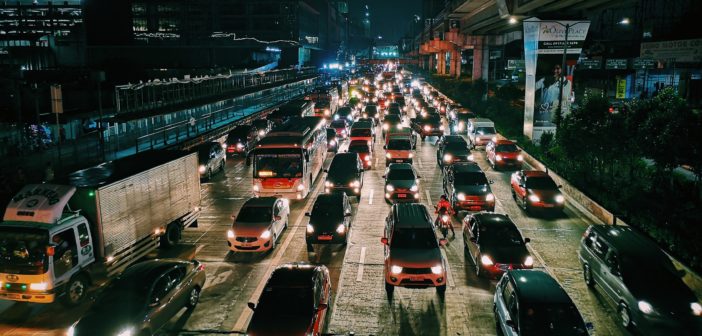The National Safety Council released the executive summary of its new research report, Mobility, Technology and Safety: The Next 20 Years. The full report, funded by Allstate, explores the evolution of mobility and the implications of past actions on the future of safe mobility.
The United States is facing a national crisis. Roadway fatalities are at a 16-year high, with preliminary NSC data showing more than 46,000 people died on U.S. roads in 2021. NSC estimates 462 more may die in preventable crashes over the upcoming Independence Day Weekend alone. Vulnerable road users, those who are walking, biking or are otherwise outside a vehicle, are dying at faster rates. Communities of color and low-income communities also experience higher rates of fatalities and are over-represented in these data. To reverse these deadly trends, NSC seeks to leverage research, knowledge and passion for this topic to find new solutions and turn the tide on traffic violence.
Recognizing these needs, and with funding from Allstate, NSC commissioned this new report in 2021 from lead author David Zipper, a Visiting Fellow at the Harvard Kennedy School with a background in both technology and local government, and the author of more than 75 articles about cities, transportation and technology. This report examines the history of mobility safety and how it can help identify trends that will define mobility over the next two decades.
There will be dramatic changes on city streets and sidewalks in the coming decades. The executive summary of this report offers 10 key conclusions for the next 20 years:
- Motor vehicles will remain the top source of street deaths
- Widespread Advanced Driver Assistance Systems should be expected – but not autonomous vehicles
- Climate change will fundamentally alter urban transportation
- Denser neighborhoods will experience faster change in urban transportation technology
- Parcel delivery is poised for disruption
- Urban vehicles should be regulated by size and speed (rather than form factor) to encourage safety as well as innovation
- Street rules should not be made to promote or enable a particular technology
- Cities should be able to manage their streets and sidewalks
- Revisions to infrastructure and policy will be essential to enhance safety even in the best case of technological improvement
- Protection of Vulnerable Road Users will support equity goals
“Recent history indicates the potential value of such forward-looking analysis. Over the previous 20 years, waves of new technologies have disrupted urban transportation, from car share and ride hail to e-scooters and bike share,” said Mark Chung, executive vice president of roadway practice at NSC. “Public officials, and many advocacy groups, were caught off guard by this unprecedented rate of technological change, and they were often unsure how to respond to the safety concerns that emerged. Preparing in advance for the next generation of transformative technology and taking time to reflect on our current environment can save lives.”
“Allstate has been committed to making U.S. roadways safer for years, going all the way back to advocating for seat belt legislation in the 1960s. As personal transportation evolves, so do our products, services and advocacy,” said Eric Brandt, executive vice president and chief claims officer at Allstate. “By sponsoring this report, we’re once again imagining the future of mobility and assessing its safety implications so that we can best advocate for a safer transportation system.”
The executive summary was unveiled at an event at the National Press Club. Featured speakers included Congresswoman Eleanor Holmes Norton, Chair of the Subcommittee on Highways and Transit, representatives from NSC, David Zipper, author of the report, and partners including Director Kristina Swallow of the Nevada Department of Transportation and Michael Kelley of BikeWalkKC. View a recording of the event here.
As we prepare for what the future of technology might bring, we must address mobility’s surge in roadway deaths. Congress took a crucial step toward reducing roadway deaths with the passage of the bipartisan infrastructure law, which boosted safety-oriented, community-focused spending through novel initiatives like Safe Streets and Roads for All. The Department of Transportation has also made critical progress, including issuing the groundbreaking National Roadway Safety Strategy, which for the first time committed the federal government to a goal of zero roadway deaths. The National Safety Council executive summary creates a fuller picture of safe mobility to augment these policies, and calls on Congress and DOT to do more to realize the report recommendations.
The report, Mobility, Technology and Safety: The Next 20 Years, is intended to supplement and add momentum to these ongoing federal efforts, providing much needed solutions for communities grappling with real safety problems.
Read the executive summary and learn more about NSC efforts to reduce traffic fatalities here.
Image licensed by pexels.com
Related News:
https://digitalitnews.com/frontline-workers-look-beyond-the-big-quit-with-digital-workplaces/
Financial Teams Under Pressure to Accelerate Their Close Process

